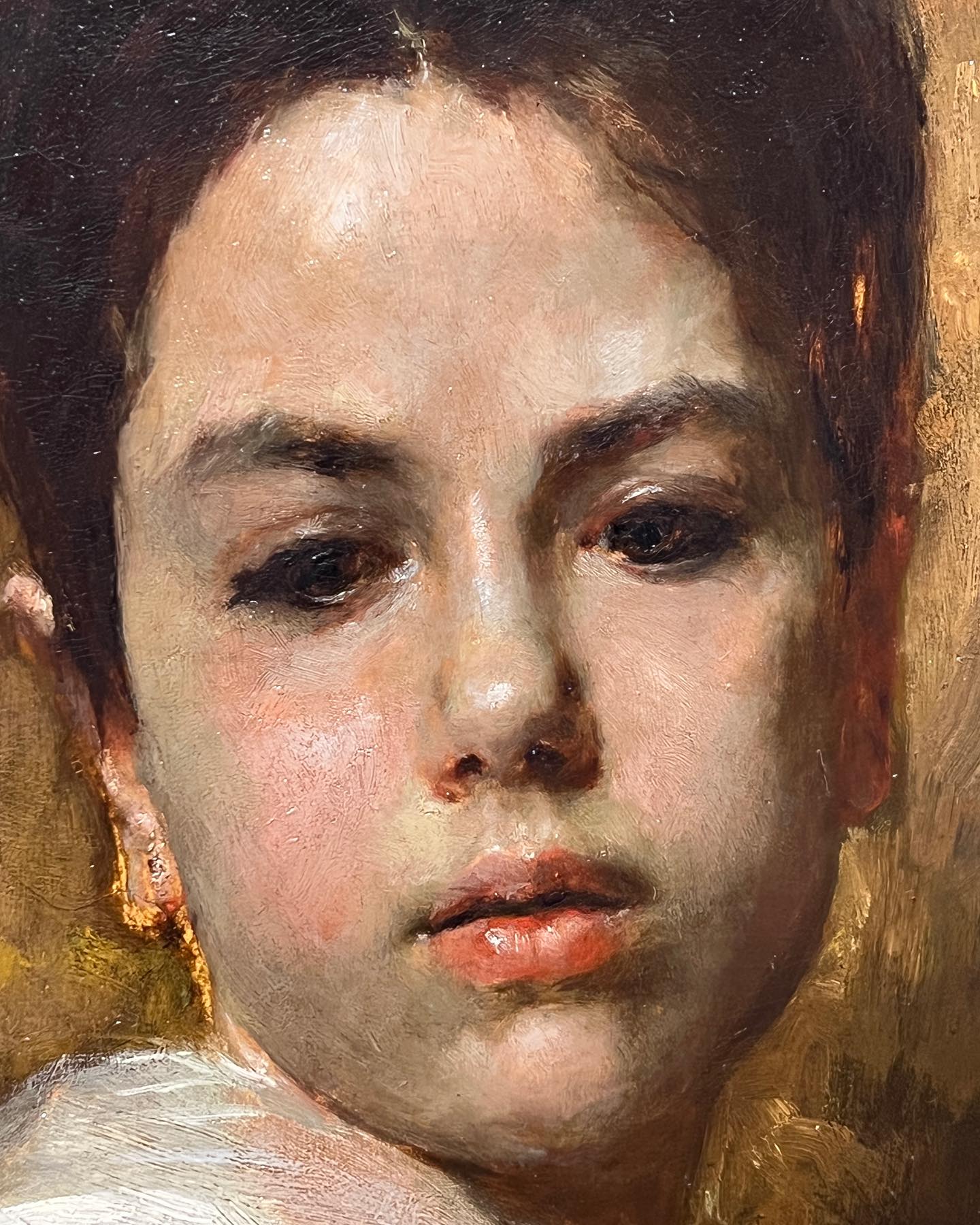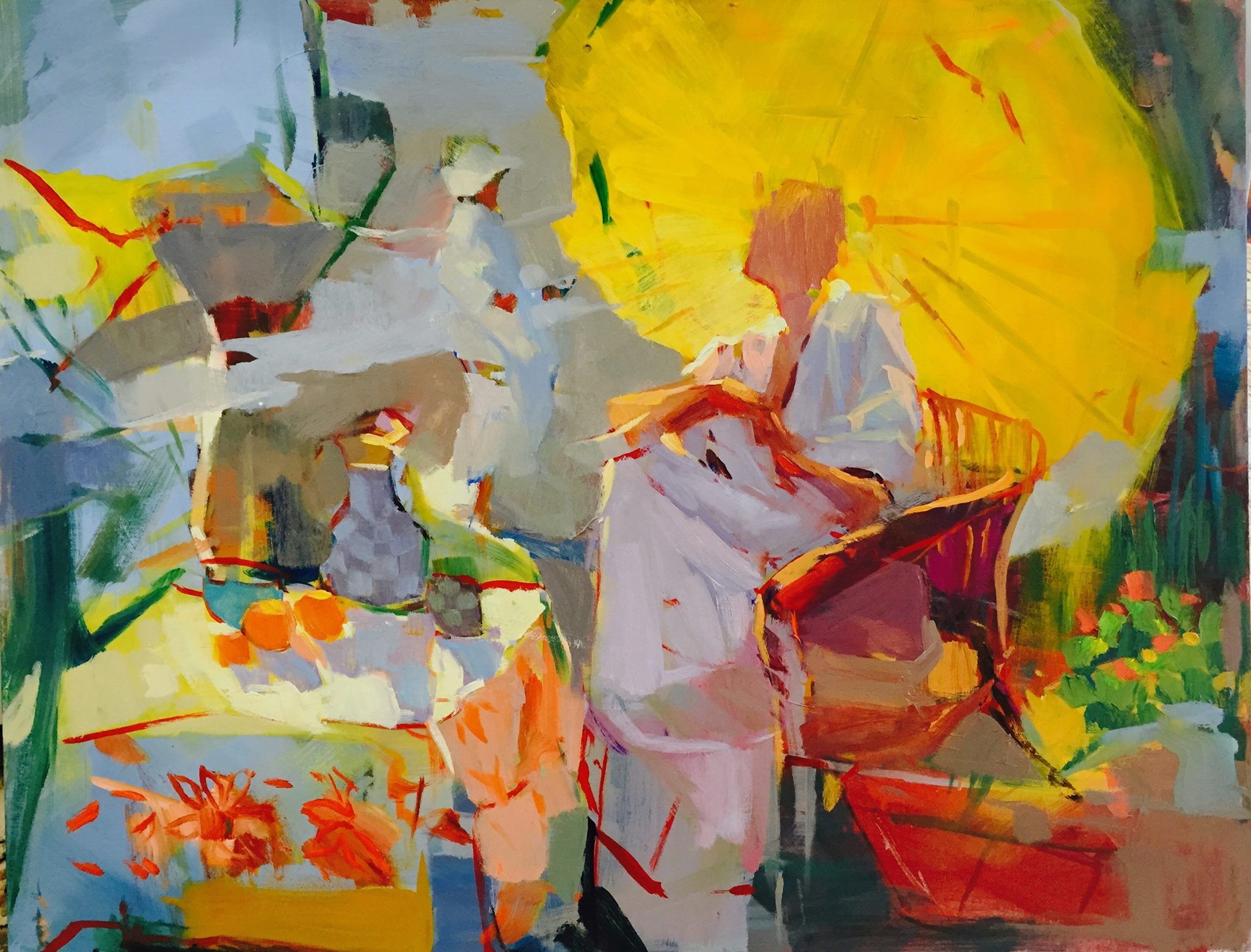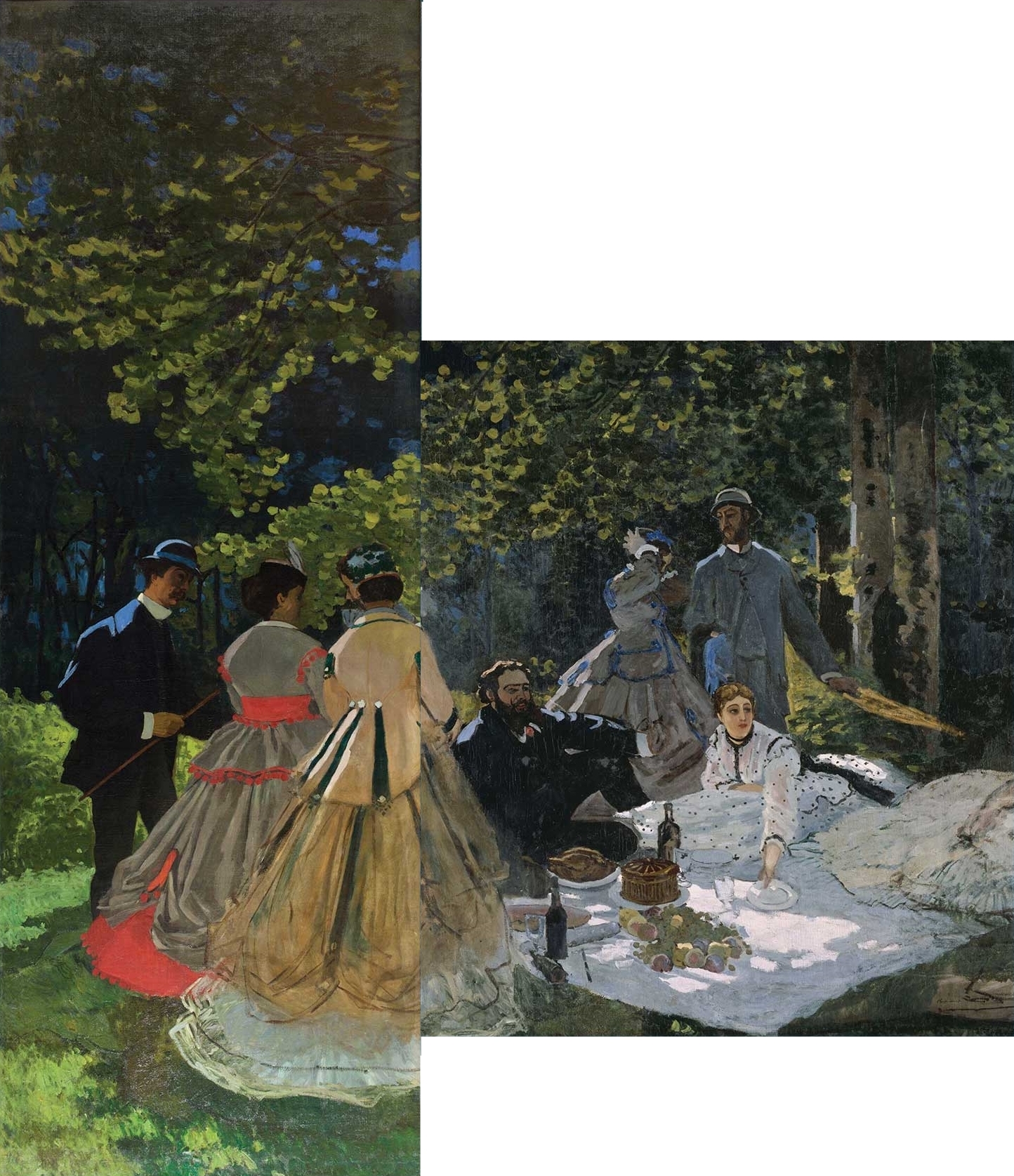Sibilla Aleramo, pseudonimo di Marta Felicina Faccio detta "Rina" (1876-1960), è stata una scrittrice, poetessa e giornalista Italiana.
È ricordata per il suo romanzo autobiografico "Una donna" (1901-1904) in cui dipinse la condizione femminile in Italia a cavallo fra il XIX ed il XX secolo.
Si tratta infatti di uno dei primi libri femministi apparsi in Italia.
Tamara de Lempicka | Les jeunes filles, 1930








